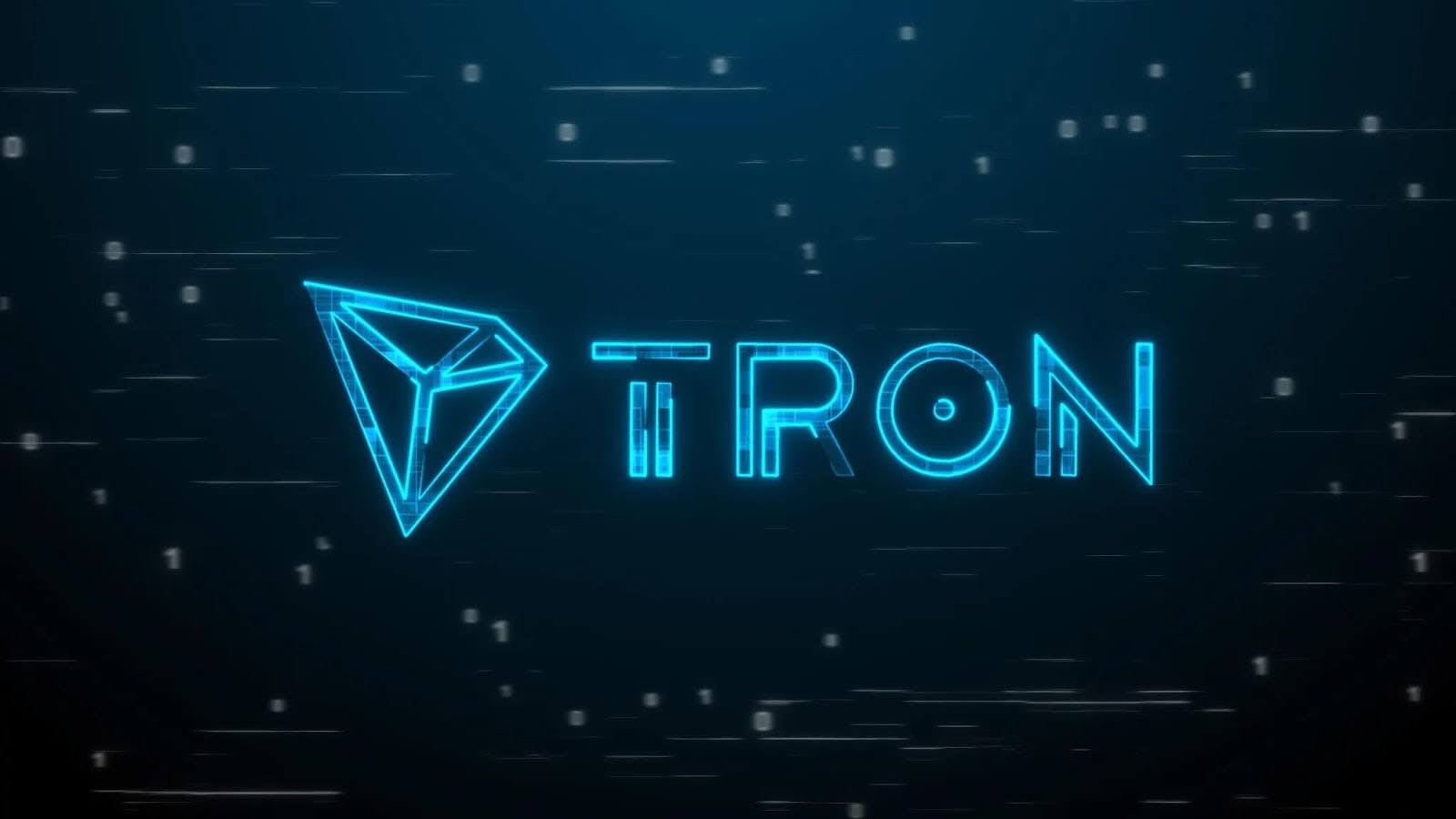TRON: Quietly, 343.4 million USD Monthly Revenue! No Hype, Just Real Usage Blowout in the back!

Key Takeaways:
- TRON attains a record high $343M+ in protocol revenue in May 2025 more than some competitors without aggressive marketing.
- USDT on TRON sees explosive activity, with over 2.4 million daily transactions and $23.4 billion in daily volume.
- TRON now holds $77.7 billion in USDT—more than Ethereum— confirming its dominance in stablecoin usage and low-fee transfers.
TRON just made history—but without the flash. In May 2025, the network quietly posted its highest-ever monthly protocol revenue. There were no hype campaigns, no airdrops, and no artificial boosts. Just raw, sustained on-chain activity.
Below, let’s dig into the real reasons why TRON’s consistent growth—and not gimmicks—is reshaping the blockchain landscape.
Read More: TRON Reaches 300 Million Accounts: A World Network Redefining Blockchain Accessibility

TRON’s $343M Revenue Proves Power of Real Usage
TRON’s recent milestone wasn’t fueled by speculation or token hype. It was the result of on-chain activity — people using Bitcoin for its intended purpose: to make and receive payments. As per publicly verifiable information, TRON’s protocol generated $343 million in May 2025, the peak of its monthly record revenue from transaction fees.
Protocol Fees: A Strong Revenue Signal
Unlike similar blockchains that depend primarily on token appreciation or short-lived dApps, TRON’s financial backbone is its protocol fees. These fees are paid every time a transaction is made on the network—meaning the more it’s used, the more it earns.
- Those fees are paid to validators and infrastructure operators.
- Revenue is a reflection of the activity on TRON’s blossoming ecosystem, such as the HTX platform, JustLend, and SunSwap.
- Importantly, there was no advertising, no shady promotions, no user acquisition inflation beforehand to precede this bump. The rise was organic.
What’s especially remarkable about this is that protocol revenue is often thought of as a “hard metric” — you can’t just inflate it with hype. It’s the blockchain version of actual cash flow.
TRON’s USDT Activity Surges to Unprecedented Levels
TRON’s leadership in the stablecoin sector has gone beyond words and is now official; the numbers don’t lie.
USDT on TRON Distance Itself from Ethereum
By June 2025, TRON handles over 2.4 million USD minimum per day in terms of USDT transfers, with a total daily transfer volume of $23.4 billion. That’s far ahead of Ethereum, which sees only 284,000 USDT transfers per day, a volume that’s about 90% lower.
Why does this matter?
- TRON’s low transaction fees make it far more suitable for stablecoin transactions, especially micropayments and retail transfers.
- With USDT acting as a key vehicle for global digital commerce, cost and speed matter more than ever.
- An average TRON transaction costs few cents, while gas fees on Ethereum keep fluctuating and can go more than $5–$10 during congestion.
Thus, payment processors, remittance services and DeFi protocols now always choose TRON over more expensive blockchains.

$77.7 Billion in USDT: TRON Becomes the Stablecoin Capital
TRON doesn’t just handle more USDT transfers—it also holds more of it than any other network.
- According to data from Token Terminal and CoinMetrics, TRON holds $77.7 billion in USDT, while Ethereum trails behind.
- Just in May, over 65 million USDT were exchanged on TRON, crossing its monthly volume of $611.1 billion.
Such a level of capital concentration on one network indicates a more general structural movement:
TRON isn’t the “alternate” to Ethereum anymore – it’s the default for stablecoin users worldwide.
That need is particularly strong in emerging markets, such as Latin America, Southeast Asia and Africa, where users want inexpensive, speedy and stable blockchain infrastructure that is capable of handling payments and savings.
Here’s What’s Behind TRONs Steady Rise
The story of how TRON came to prominence is a tale of quiet execution. At a time when other chains are chasing high profile partnerships or launching speculative NFTs, TRON has been silently:
- Constructed a reliable, high-performance network that could support millions of transactions every day.
- Focused on base financial primitives such as lending (through JustLend), swaps (through SunSwap), and stablecoins (mainly USDT).
- Closely integrated with exchanges like HTX, where users often withdraw and deposit stablecoins with TRON for inexpensive fees.
Sun’s Strategy: Sustainability Over Flash
TRON’s founder, Justin Sun, is focused on protocol basics, not internet gimmicks. This effort is reflected in his post on June 4th — one that said little more than “持续上升” (Still Rising). No overwrought press release, just data.
Community posts following his comment said the milestone was done without the need for any token incentives, fake volume, or any wash trading.
In a market full of overhyped numbers and short lived trends, TRONs model is a breath of fresh air.
Read More: Tron Founder Justin Sun’s Blue Origin Space Flight Draws Closer
What Does This Mean for the Crypto Ecosystem?
It’s not just a record increase of TRON’s mark, it indicates a change in market taste. Now it seems that users are voting with their money and choosing platforms that:
- Deliver low friction and reliable performance
- Avoid unnecessary complexity or high gas costs
- Focus on utility over novelty
Although Ethereum is the frontrunner for smart contract complexity, DeFi innovation, and Trustless Tokenization, its infrastructure is still out of reach for many. This has created a window for chains like TRON to specialize — and so dominate — in one distinct type of transaction: high-volume, low-cost stablecoin transfers.
The pressure will mount on Ethereum and other L1 chains to prioritize affordability — or risk losing even more ground to TRON and its ilk.
The post TRON: Quietly, 343.4 million USD Monthly Revenue! No Hype, Just Real Usage Blowout in the back! appeared first on CryptoNinjas.
